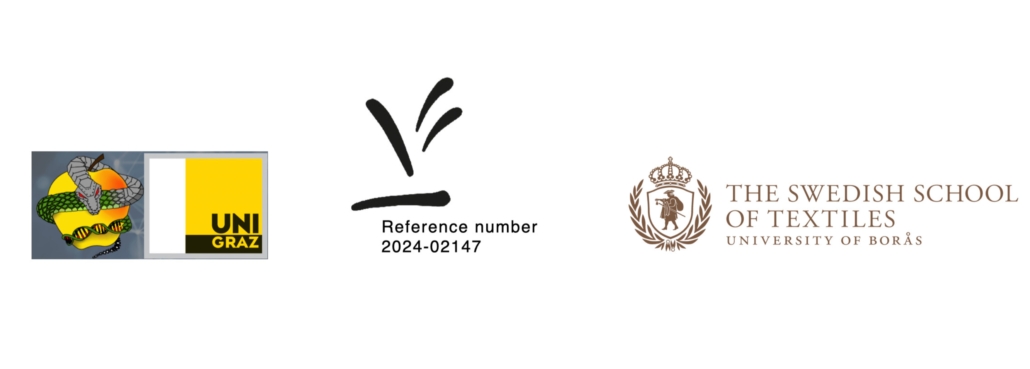WeB: Weaving as Worlding Practices with Earthbeings
Guided by a distinct more-than-human apprehension of the world, Weaving as Worlding Practices with Earth Beings (WeB) investigates design practices of co-creation in two communities: The I.N.S.E.C.T. Community composed of western scholars, artists, designers, and biologists, and the Sarayaku people, an indigenous nation of the Ecuadorian Amazon with its committee of young activists, called Samaruta. Through artistic and design research, WeB centres on the Kichwa term for weaving, “awana,” and its significance as a human craft for creating baskets, earthenware, and roofs, and as a way for describing the biodiversity relations within the forest itself.
Combining in situ and remote experiences, WeB creates modalities of learning and doing that emerge in shared moments with human and non-human beings and through tangible communication with clay, wood, skin, and textiles. First, artefacts transit across the two communities to demonstrate tangible, vibratory, and acoustic qualities of connecting different aesthetic worlds and the artefacts will remain in the two communities as a representation of our cross-cultural weaving.
WeB extends into the Artificial Life Lab in Graz, critically examining the intersection of scientific and artistic research. Asya Ilgün, our postdoc researcher, is the principal investigator from the University of Graz. She is one of the co-founders of the annual I.N.S.E.C.T. Summercamp as part of her doctoral research about the living architectures for bees, where she investigated a type of fungal architecture and 3D printing to make living beehives, aiming to restore mutualism amongst honeybees and medicinal wood-rot fungi. In design research, basing form-related and material decisions on scientific evidence and collecting data using scientific methods are key. However, knowledge-making and dissemination can vary across cultures and landscapes. In traditional societies, craft artefacts and living organisms all embody forms of knowledge. For the next three years, the I.N.S.E.C.T. Summercamp will be connected to the WeB project and explore such intersections.
Start date: 2025-01-01
End date: 2027-12-31
Funded by the Swedish Research Council, Coordinating Institution
- Svenja Keune (Project Leader at the University of Borås, artist, researcher)
- Asya Ilgün (Project Investigator at the University of Graz, designer, researcher)
- Kuai Shen (Consultant, artist, researcher)



 biodimobot
biodimobot